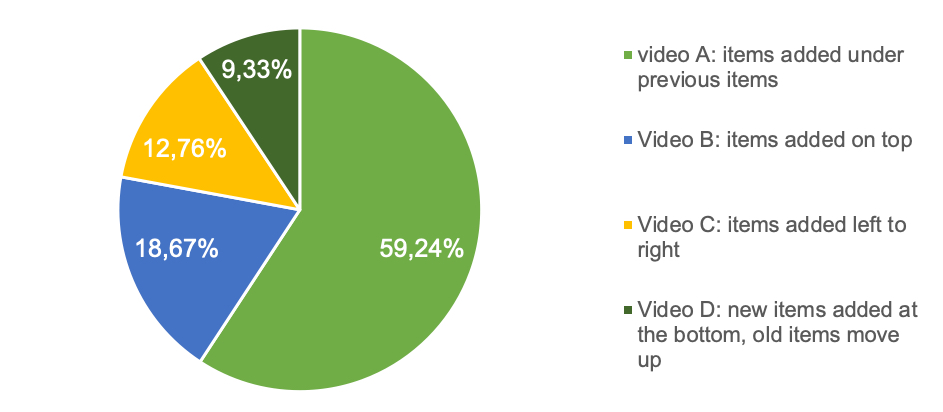Our aim is to create a user-friendly computer-assisted interpreting tool, the artificial boothmate, that can assist interpreters in the booth. In order to do so we asked professional interpreters from all over the world for their thoughts and preferences through an international survey. From 22 December 2020 to 29 March 2021, the EABM survey has reached over 500 interpreters. Here are the results:
The participants
In total, 525 interpreters participated in the EABM survey. The vast majority were very experienced interpreters, 404 participants indicated they have over ten years of experience in the field of interpreting. 96 participants had less than ten years of experience and 23 participants were interpreting students. Most interpreters who participated are active on the free market (246), 133 participants are institutional interpreters and another 133 participants are active on both markets. Most professionals (437) already use certain technological tools in the booth and many of them welcome the idea of a future artificial boothmate!
We wouldn’t have been able to reach so many professional interpreters without the following organisations who shared the EABM survey with their members:
- AIIC (Association Internationale des Interprètes de Conférence)
- Directorate-General for Interpretation
- CBTI (Belgian Chamber of Translators and Interpreters)
- APTIJ (Asociación Profesional de Traductores e Intérpretes Judiciales y Jurados)
- Asetrad (Asociación Española de Traductores)
- Assointerpreti (Associazione Nazionale Interpreti di Conferenza Professionisti)
- BDÜ (German Federal Association of Interpreters and Translators) and VDK (Verband der Konferenzdolmetscher)
- AITI (Italian Association of Translators and Interpreters)
- TAC (Translators Association of China)
- UNIVERSITAS Austria (Interpreters‘ and Translators‘ Association Austria)
- ATA (American Translators Association) Interpreters Division
The artificial boothmate
The EABM survey is an interactive, audio-visual survey that gives interpreters the opportunity to select the features of their preferred artificial boothmate in just four simple steps:
First, participants had to select where on screen new items should appear. An overwhelming majority opted for option A, a vertical layout where new items are added under previous items. 311 participants selected this option.


Second, the participants had to select how long items should remain on screen in the layout they selected. When combining all answers over different layout options, we see that interpreters would like for items to remain on screen as long as possible and only to disappear when there is no longer any room left on screen.

Third, interpreters had to select their preferred layout again. This time not only numbers were shown on screen, but terms as well. Participants who opted for a vertical layout in the first step could now choose to see numbers on the left and terms on the right, or the other way around. Participants who opted for a horizontal layout in the first step could choose to see numbers on top of the screen and terms on the bottom or the other way around. All interpreters had the option to have both numbers and terms in the same box. It seems that the vast majority would prefer to see terms on the left, numbers on the right (208) or to have both in the same box (207). The latter was especially true for those who opted for a horizontal layout.

Lastly, participants could decide whether or not new items appearing on screen should look different compared to previous items. The results show that many interpreters would like new items to appear in a bold font, a larger font size and/or in a different colour.

